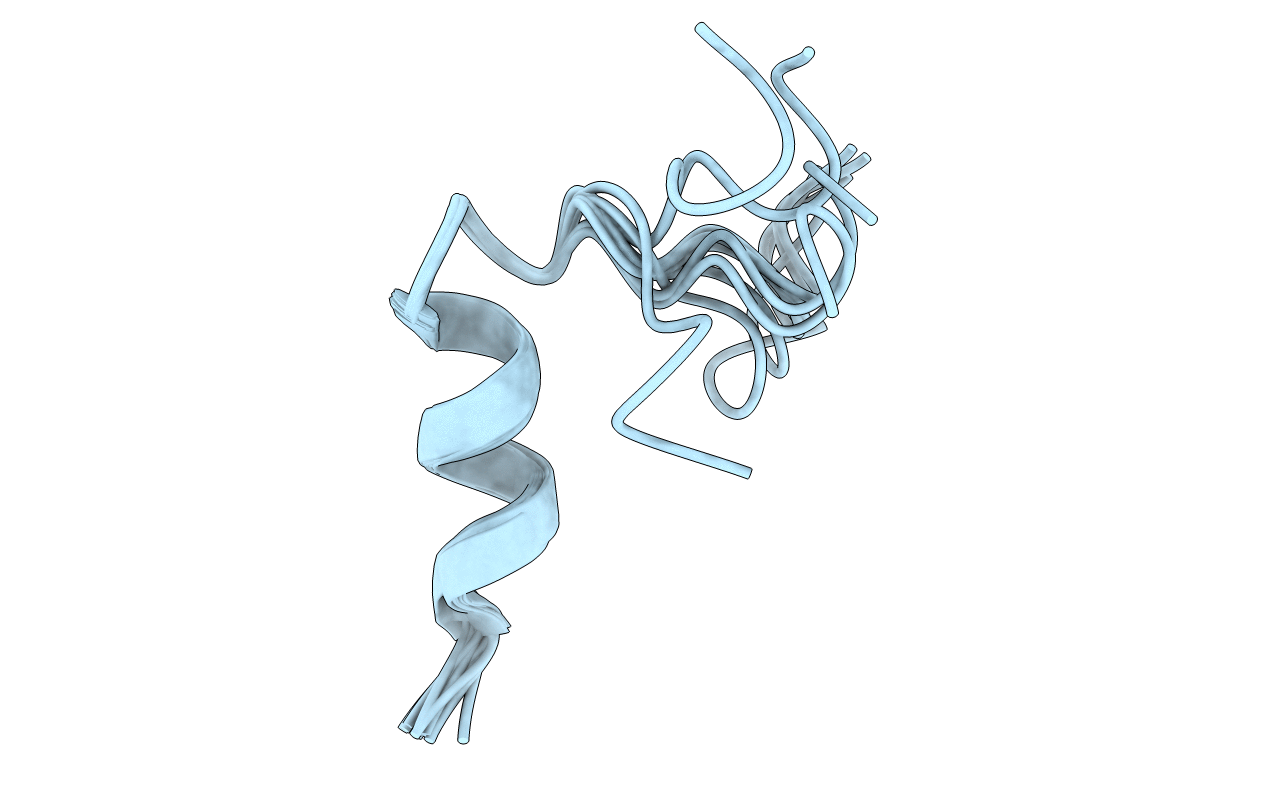
Deposition Date
1999-12-27
Release Date
2000-02-28
Last Version Date
2024-05-22
Entry Detail
PDB ID:
1DPQ
Keywords:
Title:
SOLUTION STRUCTURE OF THE CONSTITUTIVELY ACTIVE MUTANT OF THE INTEGRIN ALPHA IIB CYTOPLASMIC DOMAIN.
Biological Source:
Source Organism:
Method Details:
Experimental Method:
Conformers Calculated:
30
Conformers Submitted:
11
Selection Criteria:
back calculated data agree with experimental NOESY spectrum


